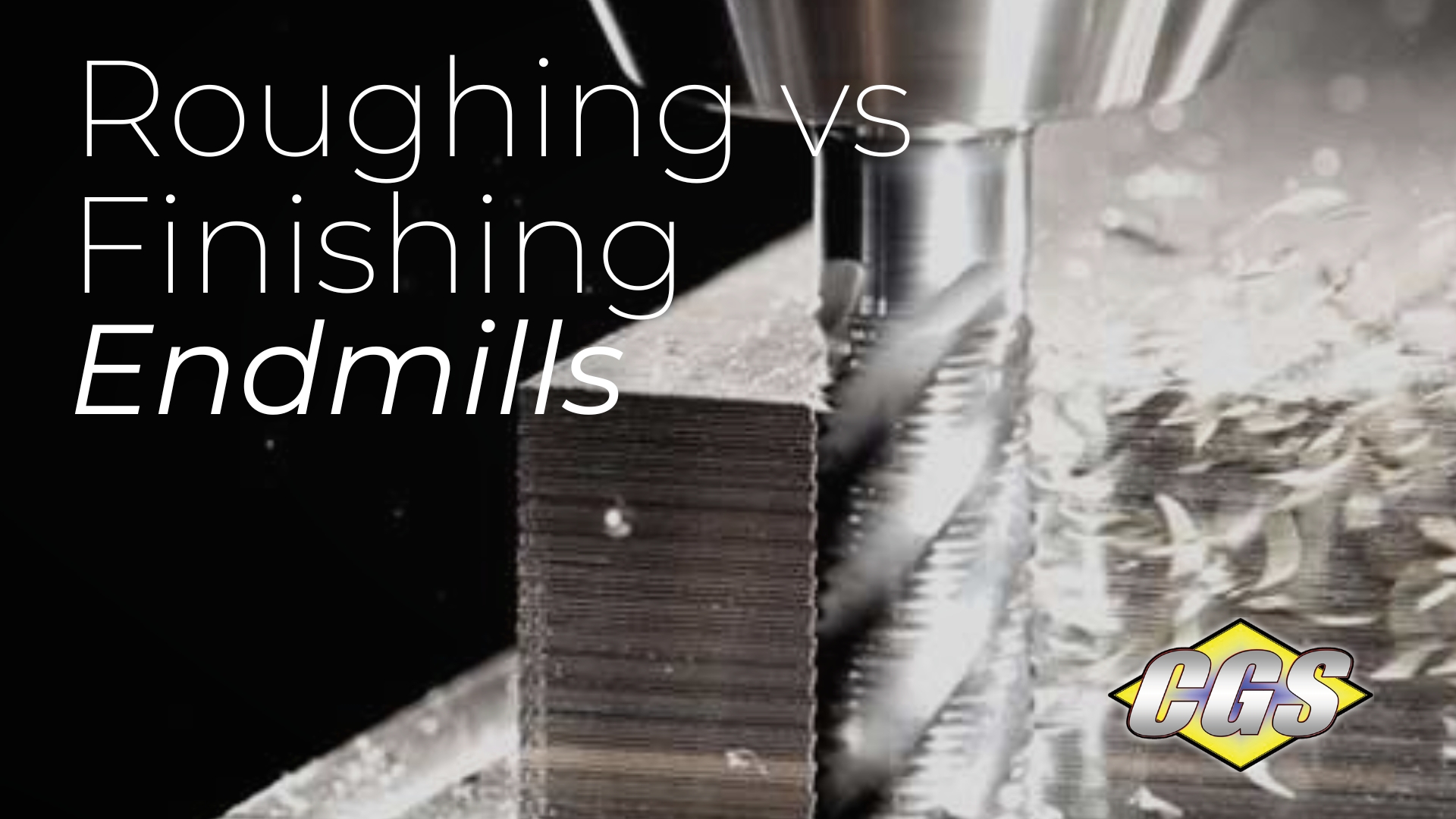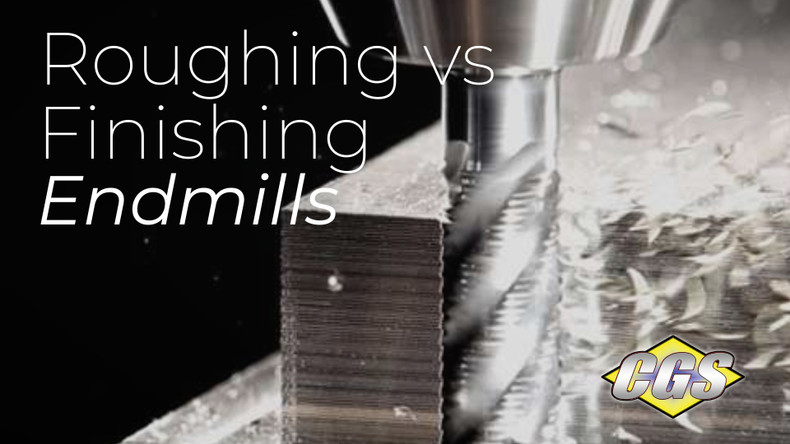Roughing and finishing end mills are two specialized types of end mills used in machining for different stages of material removal. Here's a breakdown of their key differences:
Function:
- Roughing End Mill: Designed for rapidly removing large amounts of material. They're ideal for bringing a workpiece close to its final dimensions.
- Finishing End Mill: Aims to achieve a smooth surface finish on the workpiece. Used for final cuts after the bulk of the material has been removed with a roughing end mill.
Design:
- Roughing End Mill:
- Feature fewer, but larger and more aggressive teeth with a wavy or uneven flute design.
- This design allows them to take bigger bites out of the material, resulting in faster material removal.
- The trade-off is a rougher surface finish due to the larger chips they produce.
- Finishing End Mill:
- Have more teeth, typically smaller and with a sharper cutting edge.
- The smoother flute design helps create smaller chips and a finer surface finish.
- They remove material slower but leave a better quality finish.
Applications:
- Roughing End Mill: Used for hogging out material, slotting, pocketing, and other high-material removal applications.
- Finishing End Mill: Ideal for final cuts on pockets, slots, and surfaces where a smooth finish is critical.
In some cases, depending on the material and the required finish, a single end mill might be used for both roughing and finishing. However, for most applications, using separate roughing and finishing end mills is the most efficient approach to achieve the desired results.



